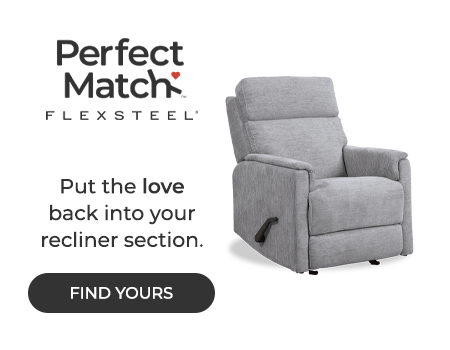HIGH POINT — At the October High Point Market, Home News Now sat down with Todd Wanek, president and CEO of Ashley Furniture, who talked about the company’s product direction and attendance among its retail account base. Here, the executive shares his thoughts on these and other subjects including the impact he sees tariffs having on Ashley’s business and its competitive position in the marketplace as a domestic manufacturer and importer of wood furniture and upholstery.
Home News Now: Thanks very much for taking time out of your busy market schedule to speak with us, Todd. So how has market shaped up for Ashley this time around?
Wanek: We are having great traffic. This is probably one of our best markets in several years as far as attendance. And believe it or not — in spite of all the tariff talk — overall there is a lot of optimism about next year. I think the industry overall is feeling a little more stability. Now that we are basically at 20% and 30% (with tariffs), I think they (buyers) are understanding that is probably where we are going to end up. At least it feels that way, and I think they understand more about the issue. Last market, there was a lot of confusion around what this all meant and what to do with it and what impact it would have on the industry.
So what does this mean for Ashley?
Wanek: I just think that everybody overall, not just dealers but the industry overall is just looking at it like ‘OK it’s done, now we will do what we need to do.’ For us we had to reposition product and rethink what we are doing. It really just required us to remerchandise and think differently and say OK well it’s now 20% (from countries like Vietnam) or 30% if it’s upholstery. What do you change in your product to get back to the price points you had before. It will be inflationary to a certain degree, but good merchants will overcome this problem.
Ashley, of course, also has plenty of strengths as a domestic manufacturer.
Wanek: We are really leaning more into our U.S. factories. We are very unique in the industry that way because we have big U.S. factories. So we had to move things that we were doing overseas back to the U.S., and we upgraded some of the quality of the products we were doing to hit price points like $799 bedrooms. We have a big bedroom facility in the United States, so that was a big part of our strategy. We are not taking quality out. We are just looking at how do we leverage our capabilities differently.
Can you tell us a little about your strength in domestic upholstery?
Wanek: Stationary upholstery is 100% in the U.S., and motion is probably more like 90% in the U.S. And yes we have moved more of our upholstery back, including things we didn’t do like P2 headrests and other things that were primarily made overseas. We moved a lot of that production back to the United States. Things with transformer and audio functionality that has high labor content, we just choose to make in our Vietnam facilities.
So have tariffs been creating more interest in your domestically made goods this market?
Wanek: I think certainly people are concerned about the impact of tariffs. So there is definitely an advantage making domestically versus importing, an economic advantage. But if you don’t have great style, Tom, it doesn’t matter. You better be a style leader, you better have good values. If your stuff looks terrible nobody is going to buy it anyway. We work a lot on design, and we have very compelling designs in our product mix right now. I think that is driving more customers to us because of that.
What would you say your biggest push was this market in terms of product?
Wanek: Our biggest story quite honestly was our domestic case goods, which is made with paper laminate, optics-embossed materials. That was our biggest push and where we had the most success because we put a lot of effort into getting the designs right and the materials right. The team did an amazing job with that. So if we are going to pick one thing that was the most successful for us that was probably it. We did about a dozen groups and out of a dozen we are making 10. That’s a very high hit rate for us.

Can you share your outlook heading into 2026?
Wanek: We are pretty optimistic. I don’t think we are going to see a big spike in demand, but I think it’s going to be at this current rate or even better in 2026. UBS, they do a lot of surveys on the industry. They think the industry is going to grow almost 30% next year. So I can buy into that number. That’s good — we will take it.




